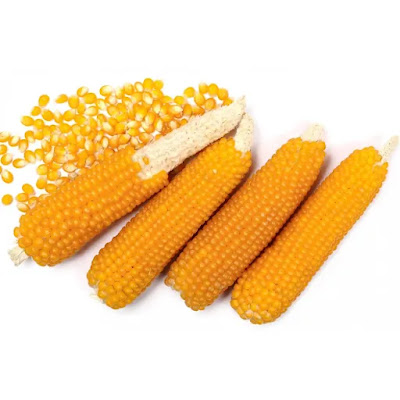"The next time you see lychee on our Kenyan stores, it probably will be a homegrown gem". This statement caught my attention for sure.
 |
| Lychee Fruits |
Lychee is an exotic fruit that originated from China before spreading to other parts of the world . Kenya has imported lychee for years but thanks to our Kenyan climate, we can now grow our own lychee in Coast, Central and some parts of Rift valley region. The fruit is prized for its sweet and slightly tart flavor, as well as its nutritional benefits, which include vitamins, minerals, and antioxidants.
Optimal
Growing Conditions for Lychee in Kenya
Lychees thrive best in warm, humid climates with well-distributed rainfall and temperatures ranging between 20-30 degrees Celsius. Kenya’s coastal regions and some highland areas provide these ideal conditions.
Lychee
trees prefer well-drained and deep loamy soils rich in organic matter. The soil pH
should be between 5.5 and 6.5. Areas prone to waterlogging or with heavy clay
soils are unsuitable for lychee cultivation as these conditions can lead to
root rot and poor tree health.
Step
by Step process for planting Lychee
The
very first step as always is usually identifying a site where you will do your
lychee farming. When selecting the site, consider the sunlight exposure of the
area since lychees thrive best under full sunlight. Secondly, choose a site
that does not experience a lot of wind since lychees are susceptible to wind
damage. You can plant windbreaks or select sheltered sites. Once you have a
good site to do your lychee farming, the next step is to prepare the land for
planting. Clear the site by removing all the weeds and debris. Plough the land
to enhance soil aeration and incorporate well decomposed organic manure to
enrich the soil. Dig planting holes of 60 by 60 cm with a depth of 60 cm as
well. The recommended spacing is about 8 by 8 to 10 by 10m to allow sufficient sunlight
penetration and airflow, which reduces the risk of fungal diseases. Next,
purchase high quality, disease-free seedlings from reputable nurseries like
Richfarm Kenya and plant. Once you have planted ensure deep and frequent
watering. You can also mulch to ensure soil moisture and temperature
conservation.
Common
pests and diseases that affect lychee
While lychee farming is profitable, it also faces challenges from various pests and diseases. Some of the common
pests that affect lychee plants include the lychee mite, fruit borer, fruit bats and birds, lychee stink bug, anthracnose, phytophthora root rot and powdery mildew. Managing these pests and diseases requires a combination of cultural, biological and chemical control methods. These pests can cause significant damage if not managed properly.
Maturity
Period, harvesting and post-harvest handling of lychee
Lychee
tree typically starts bearing fruit in the 3rd year after planting.
The fruit is ready for harvest when it turns bright red or pink, depending on
the variety. Harvesting is done manually to avoid damaging the delicate skin.
It is important to handle the fruit gently and cool it quickly after harvest to
preserve its quality and extend shelf life.
Market
Potential of lychee fruits
Lychee, with its unique taste and nutritional benefits, is gaining popularity both locally and globally. Lychees fetch high prices in both local and international markets due to their exotic nature and limited supply. In the Kenyan supermarkets chains in Nairobi and Mombasa, lychees are going for about ksh200-ksh329 per kilogram
Lucrative markets in Europe, the Middle East, and Asia have high demand for exotic fruits like lychees, dragons etc and this will put our Kenyan lychees at a better market position.
Also Read:Dragon Fruit Farming in Kenya
Beyond
fresh lychees, there is potential for processing the fruit into value added
products like juices, dried lychees, jams, and lychee desserts, which can
further increase profitability.
Also Read:Where do i sell my fruits and vegetables? Exploring the market for your fruits and vegetables
Why
Lychee?
Its
highly valuable
It is
a relatively low maintenance crop.







.JPG)






